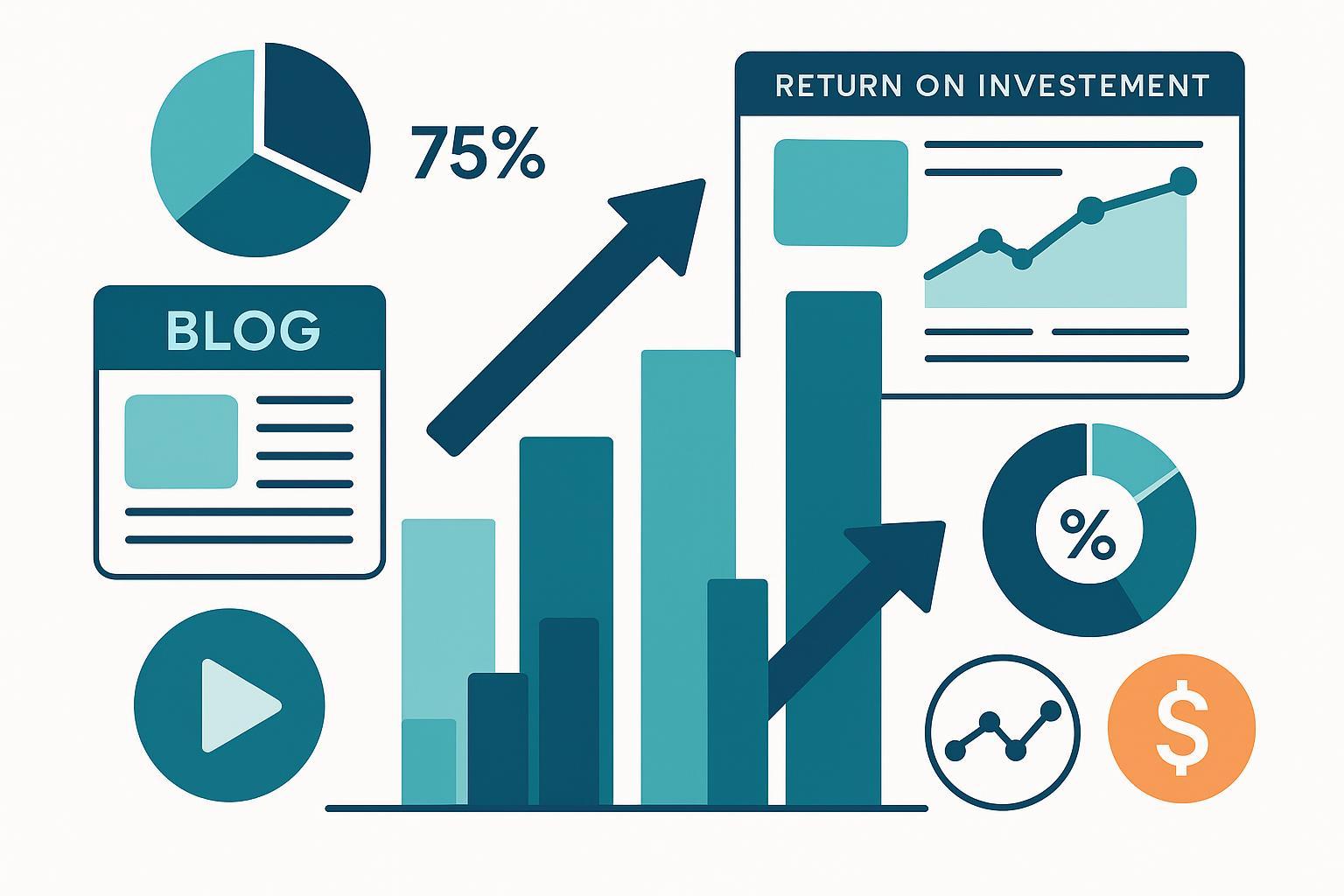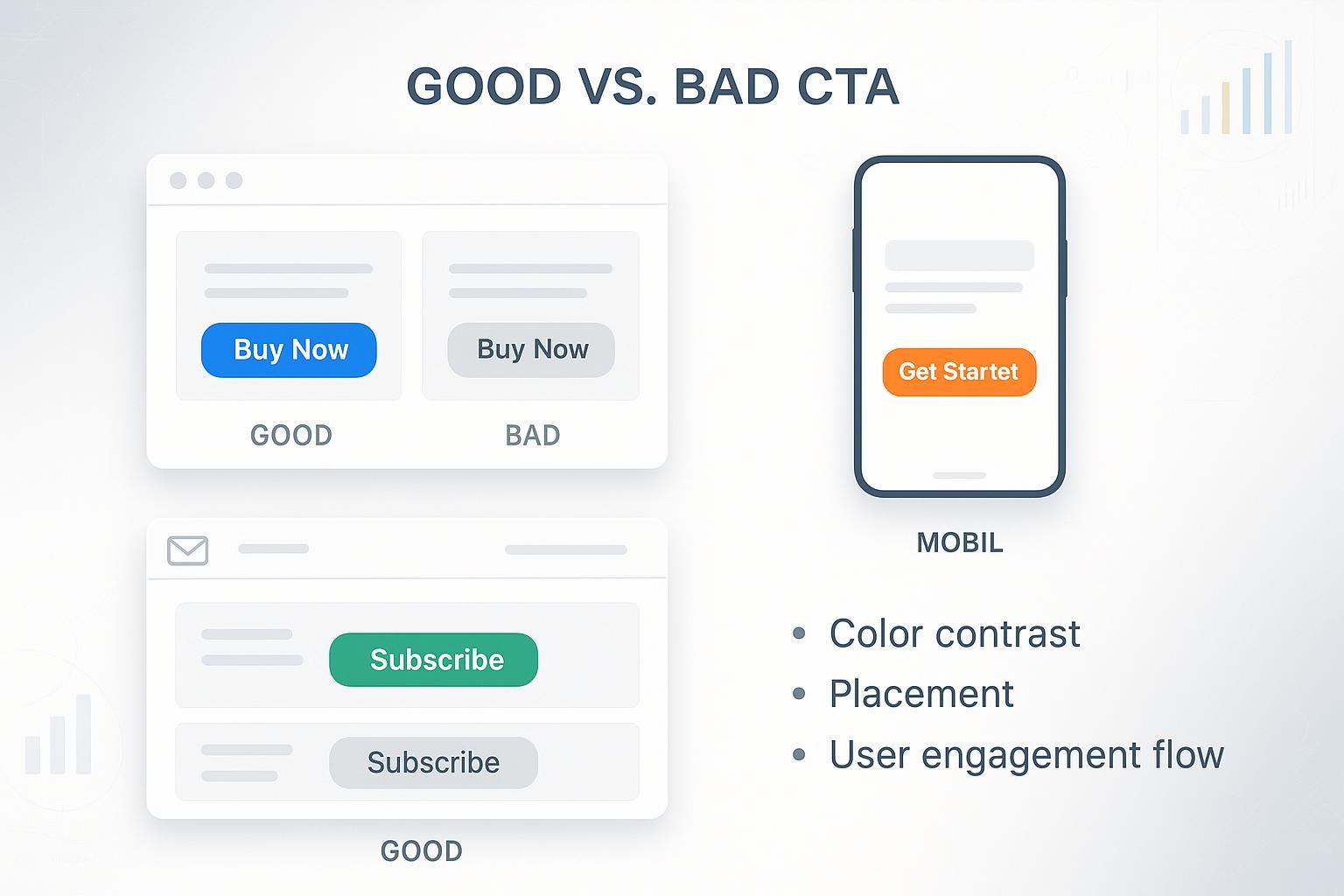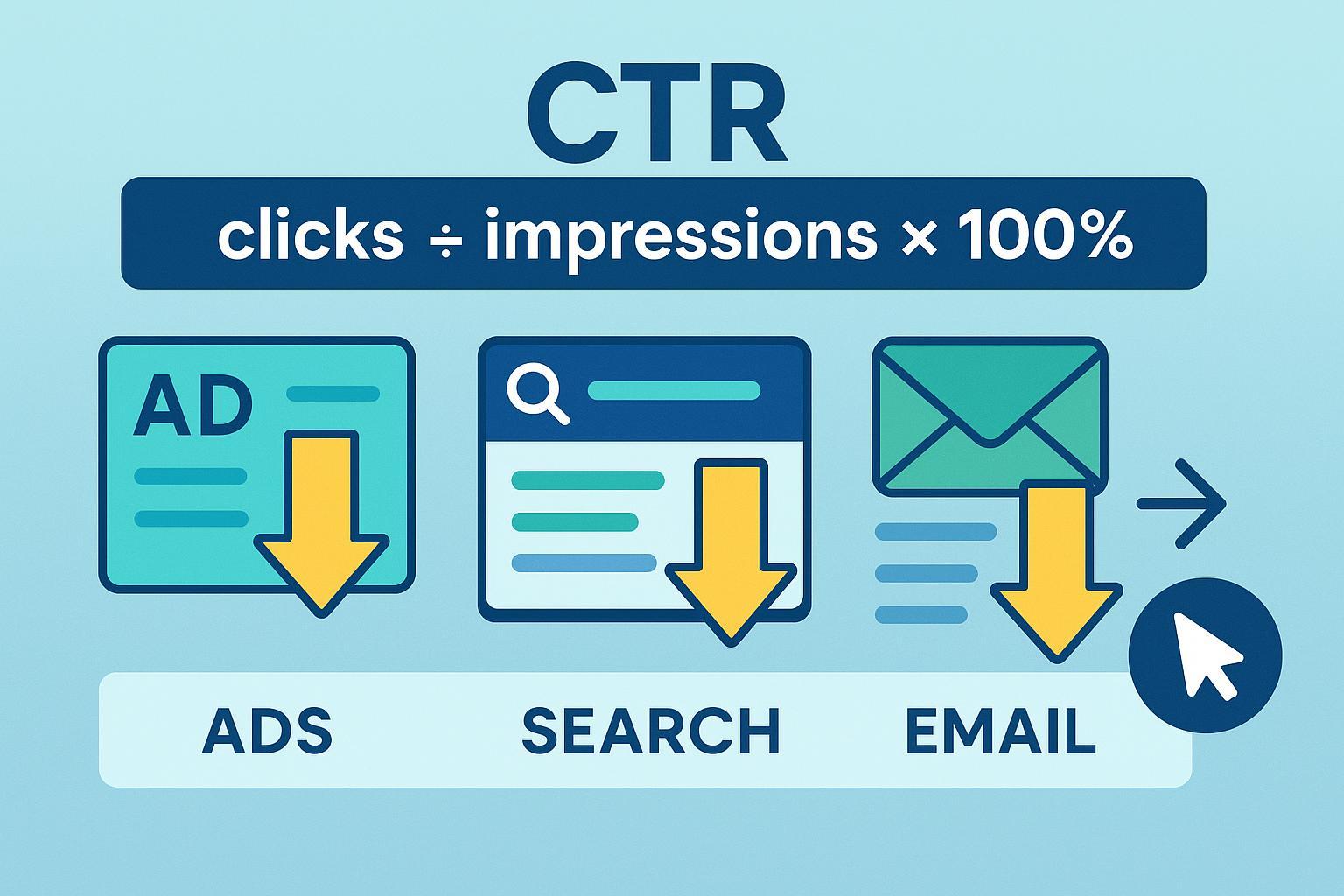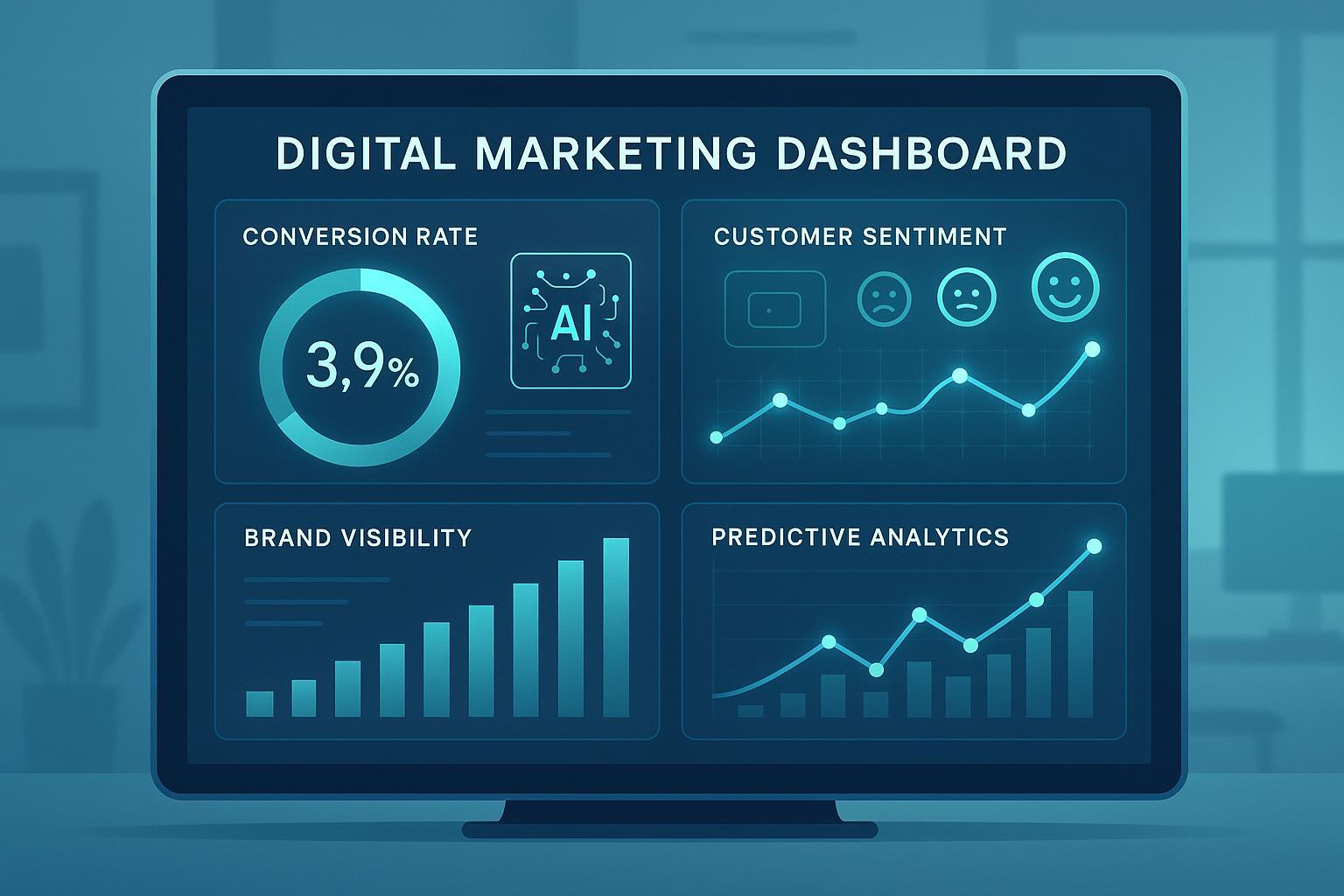Return on Content (ROC): Definition, Formula, and Marketing Value Explained
Learn what Return on Content (ROC) means in digital marketing—definition, calculation, vs ROI, and how to boost content performance using this key metric.


One-Sentence Definition
Return on Content (ROC) is a metric that quantifies the financial and qualitative value generated by content marketing initiatives, measured against the total investment in creating and distributing that content.
Detailed Explanation
Return on Content (ROC) stands apart as a content-first performance metric in digital marketing. While often confused with financial metrics like Return on Capital or Customer, ROC for marketing professionals strictly evaluates how effectively your content delivers meaningful business results. ROC captures both direct revenue (such as sales or leads produced by a piece of content) and less tangible outcomes, including engagement, brand awareness, customer loyalty, and perception shifts.
According to Matter Content Agency, ROC is typically calculated in a similar fashion to ROI but focuses solely on content efforts:
ROC = (Revenue From Content – Content Cost) / Content Cost
Importantly, advanced marketers blend this calculation with qualitative measurements, factoring in brand lift, engagement rates, social shares, and long-term influence on customer retention.
Key Components of ROC
- Revenue from Content: Sales, lead value, or other business outcomes directly attributable to content.
- Content Costs: Includes production, design, distribution, platform/tools, and labor.
- Engagement: Metrics such as time on page, social sharing, comments, and interaction rates.
- Brand Lift: Changes in awareness, sentiment, or customer perception driven by content.
- Customer Retention/Lifetime Value: Long-term value content provides by nurturing existing audiences.
ROC Calculation Example
Suppose a company spends $5,000 creating and promoting a guide, resulting in $18,000 in tracked sales. Plug into the formula:
ROC = ($18,000 – $5,000) / $5,000 = 2.6 (or 260% return)
If the content also lifts brand sentiment and increases repeat visits, these qualitative benefits further strengthen real ROC, even if not fully captured in dollar terms.
ROC in the Real World: Case Study Highlight
- Neutrogena achieved a 289% ROC above industry benchmarks by using programmatic, data-driven content pairings to boost sales and cross-category recommendations (source).
- Fisher Tank revamped its content strategy, resulting in a 119% traffic increase and a 500% surge in sales request volume through B2B content investment.
ROC vs. ROI vs. Other Metrics
| Metric | Focus Area | Formula | Use Case |
|---|---|---|---|
| ROC (Return on Content) | Content strategy/outcomes | (Revenue from Content – Content Cost) / Content Cost | Assess precise content performance |
| ROI (Return on Investment) | Overall financial outcome | (Total Revenue – Total Investment) / Total Investment | Broad, company-wide investments |
| ROE/Other ROC* | Engagement, equity, capital | Varies: (Output – Input) / Relevant Input | Used for finance or loyalty metrics |
*Other ROC acronyms: Return on Capital, Customer, or Conversation; ensure context clarity.
Practical Application & Best Practices
- Set Clear Objectives: Tie every content initiative to measurable business outcomes, both direct and indirect.
- Track Multi-Dimensional Value: Monitor not only sales/leads but also engagement, brand lift, and retention.
- Leverage Analytics Tools: Automate data collection and attribution to evaluate which content assets truly drive returns.
- Review and Optimize: Use ROC insights to refine future content planning, budget allocation, and campaign strategy.
Related Concepts to Explore
- Content Analytics: Platforms and practices for measuring content effectiveness.
- Content Marketing ROI: Broader look at financial returns from content initiatives.
- Customer Engagement: Evaluating the relationship-building efficacy of content.
Key Takeaway
Return on Content (ROC) is an essential, nuanced metric for digital marketers seeking to demonstrate and optimize the full business impact of every piece of content—far beyond what traditional ROI can reveal.




